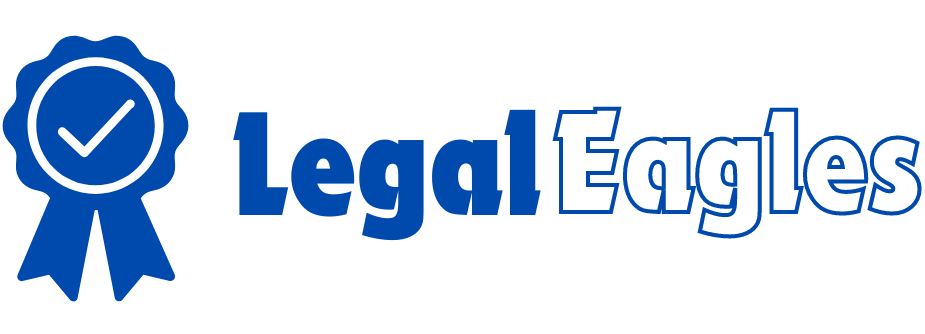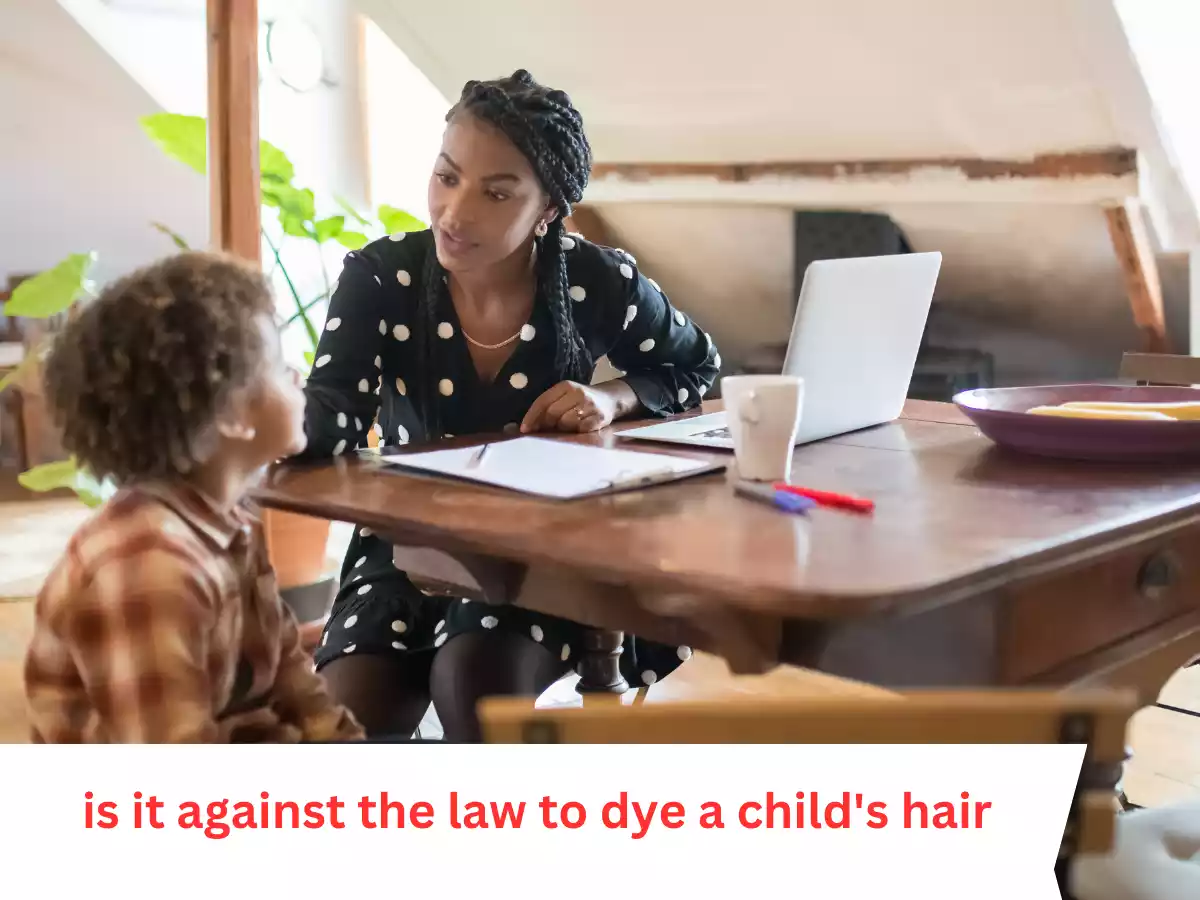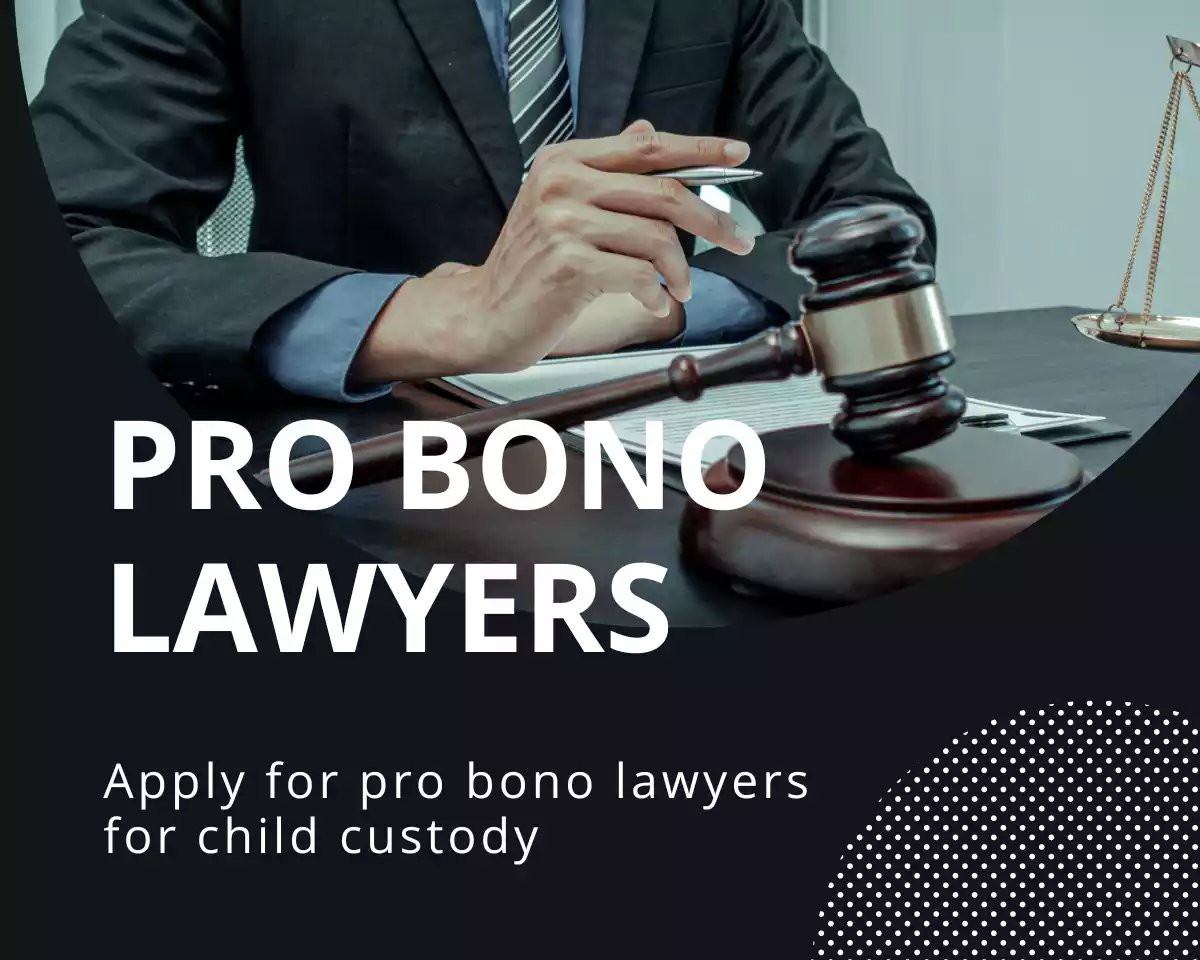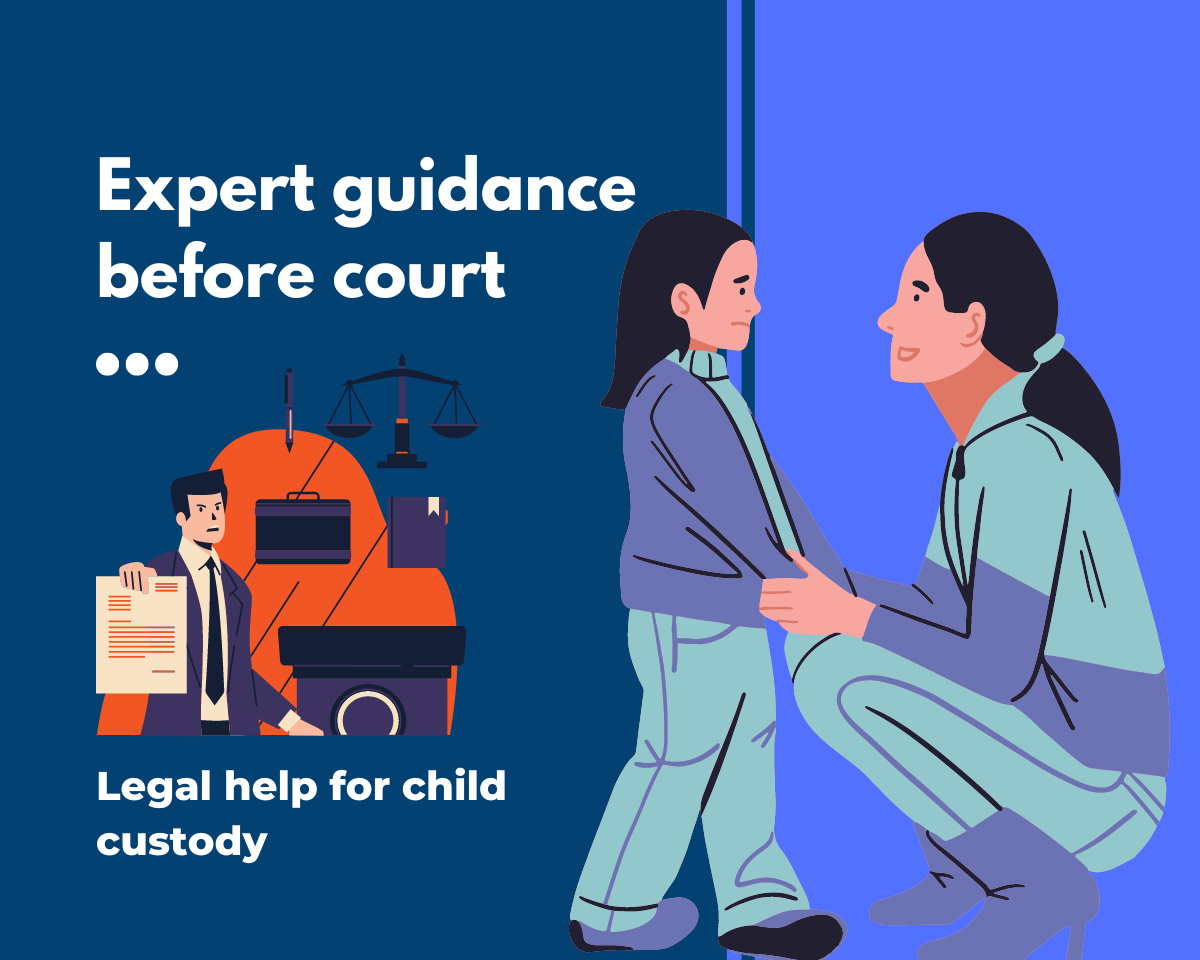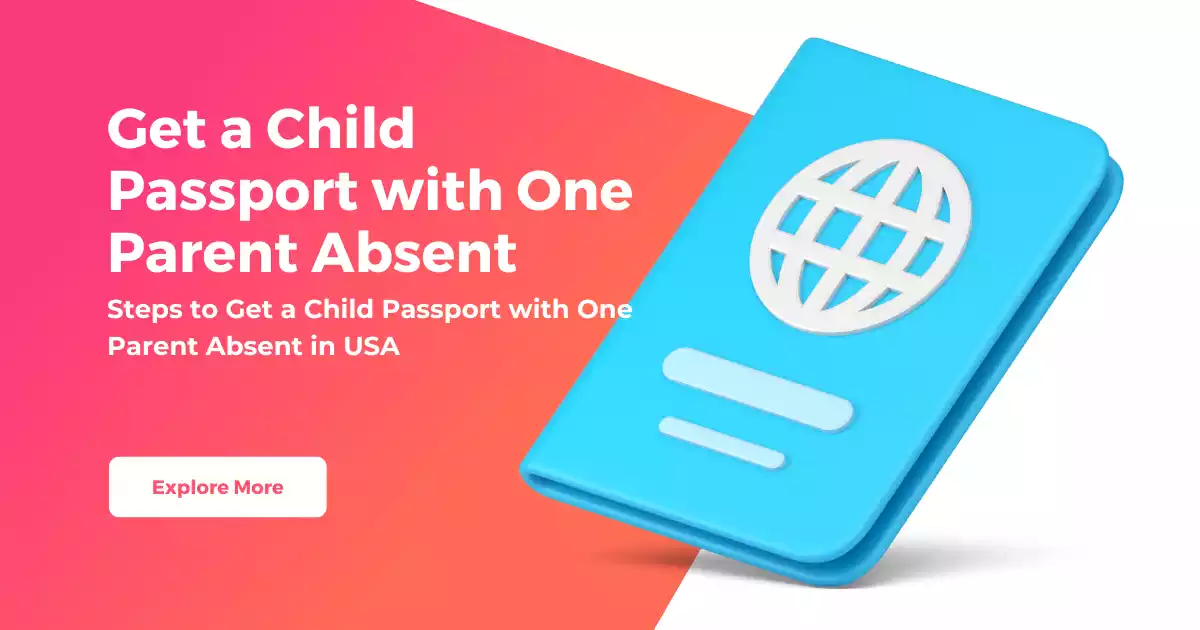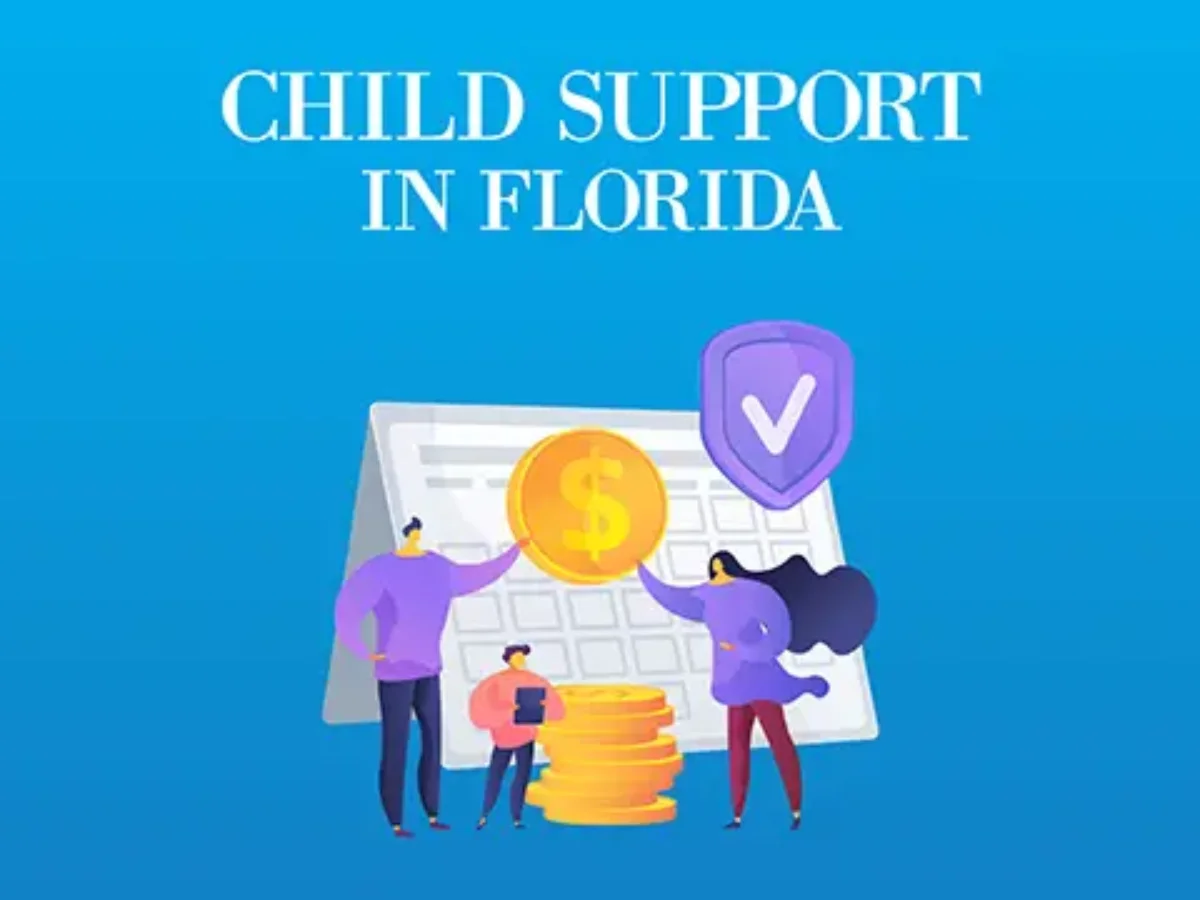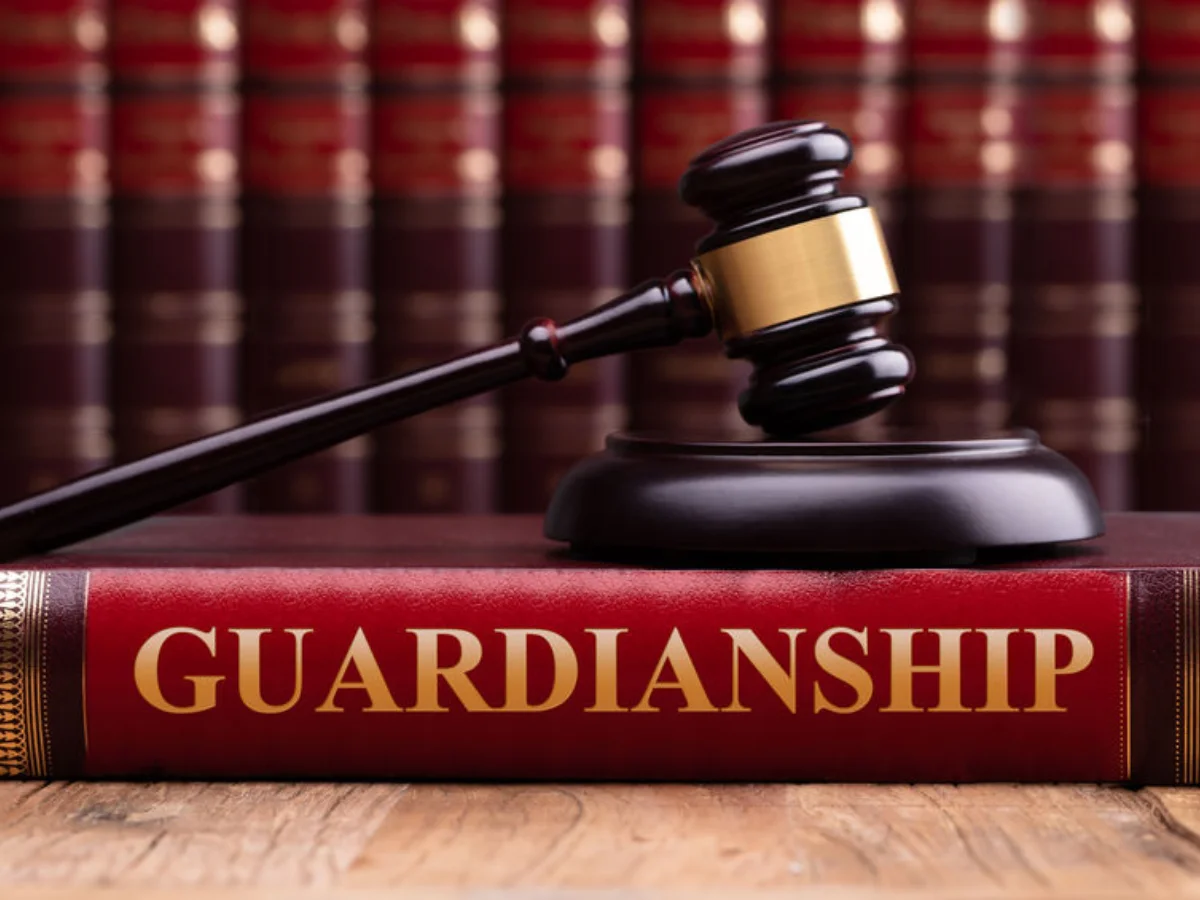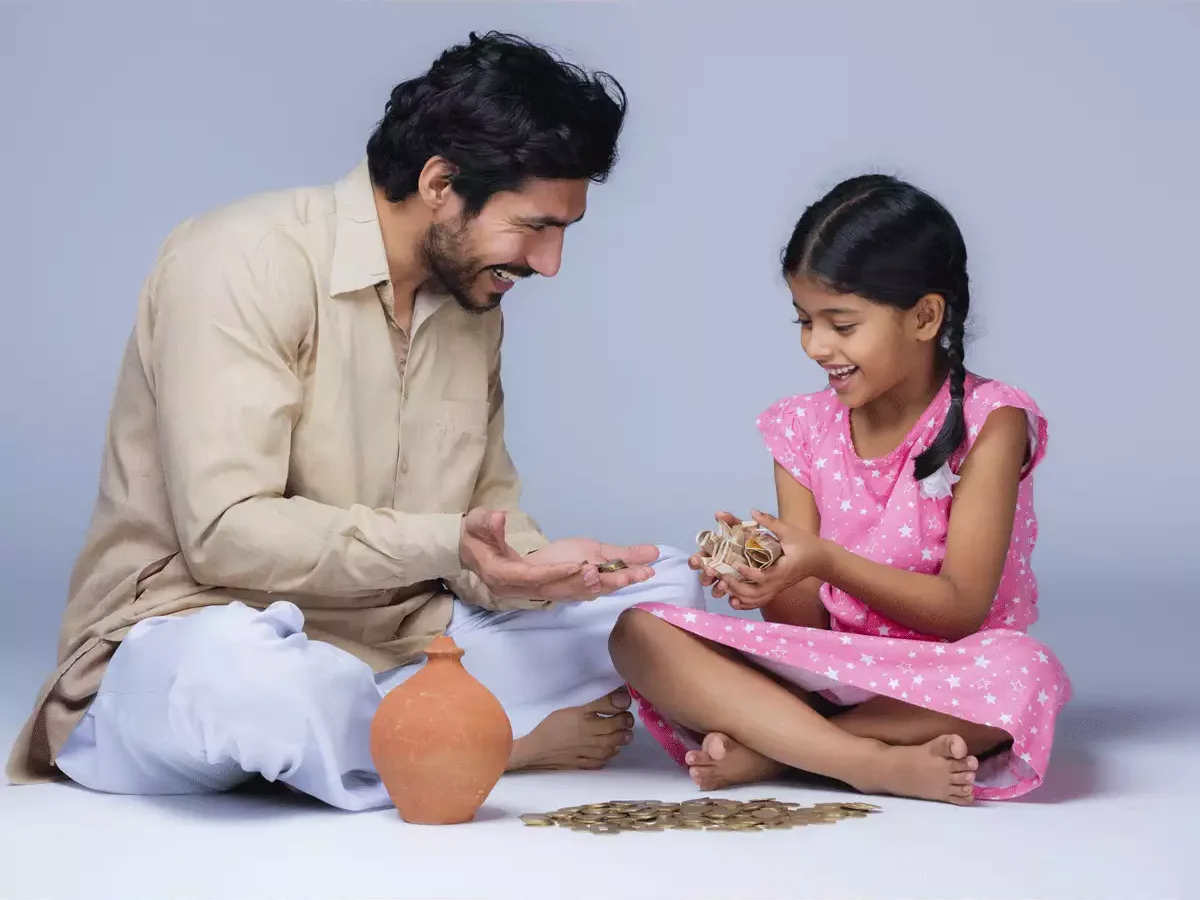Introduction: is it against the law to dye a child’s hair
Children often express their creativity in various ways, including experimenting with their appearance. One question that arises is whether it’s against the law to dye a child’s hair. This article delves into the legal and ethical considerations surrounding this topic, shedding light on the rights of parents, the best interests of the child, and potential legal implications.
Parents’ Rights and Child’s Best Interests
Parental Decision-Making
Parents generally have the right to make decisions about their child’s appearance, including hair dyeing, as long as it doesn’t harm the child.
Best Interests Standard
Courts and legal authorities often consider the best interests of the child when evaluating parental decisions that could impact the child’s well-being.
Temporary vs. Permanent Dyes
Temporary Dyes
Temporary dyes usually wash out after a few shampoos and are generally considered safe for children. They provide a non-permanent way to experiment with hair color.
Permanent Dyes
Permanent dyes contain stronger chemicals and might raise more concerns, especially if the child has sensitivities or allergies.
Health and Safety Considerations
Allergic Reactions
Children, like adults, can have allergic reactions to hair dye ingredients. Conduct a patch test before using any product.
Chemical Exposure
Young children might be more vulnerable to the chemicals in hair dye due to their developing bodies. Use gentle, natural products if possible.
Legal Implications
Lack of Specific Laws
Most countries don’t have specific laws against dyeing a child’s hair. However, child welfare laws could come into play if the child’s health is endangered.
Custody Disputes
Hair dyeing might become an issue in custody disputes if one parent opposes it due to health or cultural reasons.
Cultural and Religious Considerations
Cultural Significance
In some cultures, altering one’s appearance, including hair color, might have cultural or religious significance.
Parental Agreement
Both parents should ideally be on the same page about any decisions that could impact their child’s appearance.
Ethical Considerations
Autonomy and Expression
Allowing a child to dye their hair can promote autonomy and self-expression. Encouraging healthy communication is essential.
Informed Consent
Children should be informed about the potential risks and effects of hair dyeing before making a decision.
Talking to Your Child
Open Dialogue
Engage in an open and non-judgmental conversation with your child about their desire to dye their hair.
Education and Guidance
Educate your child about the different types of dyes, their potential risks, and how to care for dyed hair.
Conclusion
Dyeing a child’s hair is generally not against the law, but it’s essential to prioritize their safety, well-being, and autonomy. Consider the child’s age, the type of dye used, and their health when making such decisions. While parents have the right to make choices about their child’s appearance, it’s equally important to encourage open dialogue, informed decisions, and mutual respect. Remember that fostering a supportive environment where your child feels comfortable expressing themselves is key to nurturing their self-confidence and individuality.
FAQs
- Is it illegal to dye a child’s hair? Dyeing a child’s hair is generally not against the law, but health and safety considerations should be taken into account.
- Are there risks associated with dyeing a child’s hair? Yes, there are potential risks, including allergic reactions and exposure to chemicals. Temporary dyes are generally safer.
- Could dyeing a child’s hair lead to legal issues? It’s unlikely, but child welfare laws could be relevant if the child’s health is endangered.
- Should I talk to my child before dyeing their hair? Yes, engaging in an open and informed conversation about their desires and potential risks is important.
- What’s the balance between parental rights and a child’s autonomy? While parents have the right to make decisions, promoting autonomy and open communication is crucial for a healthy relationship.
